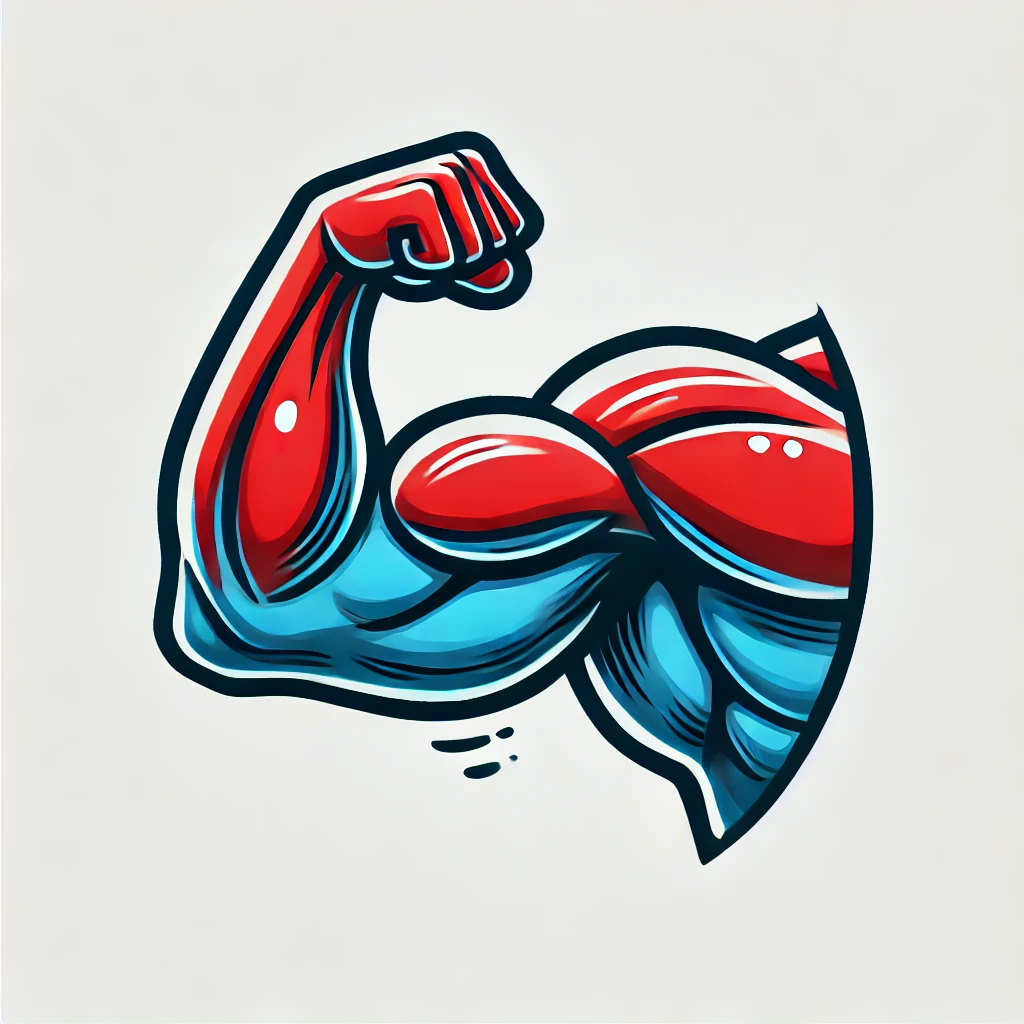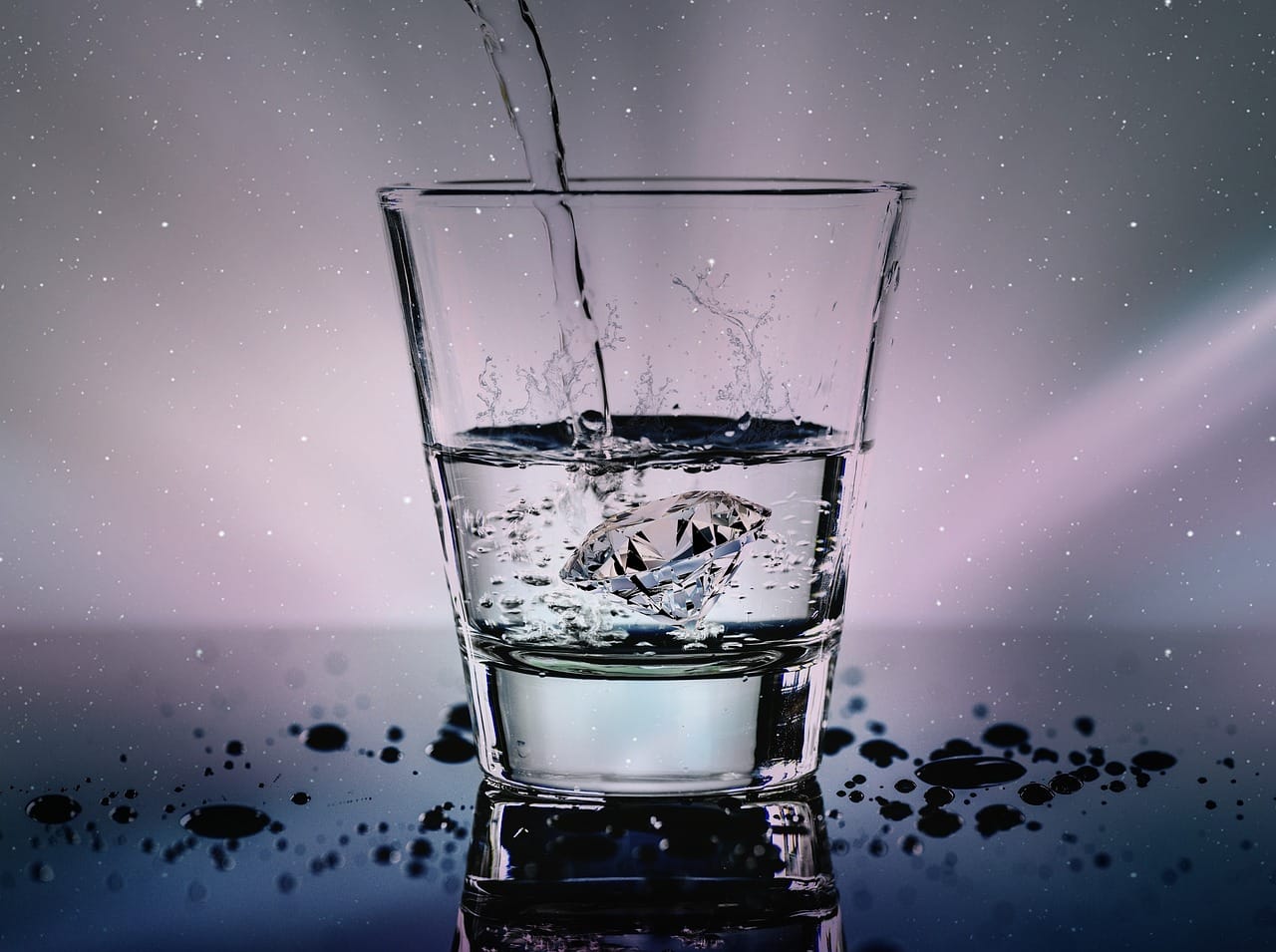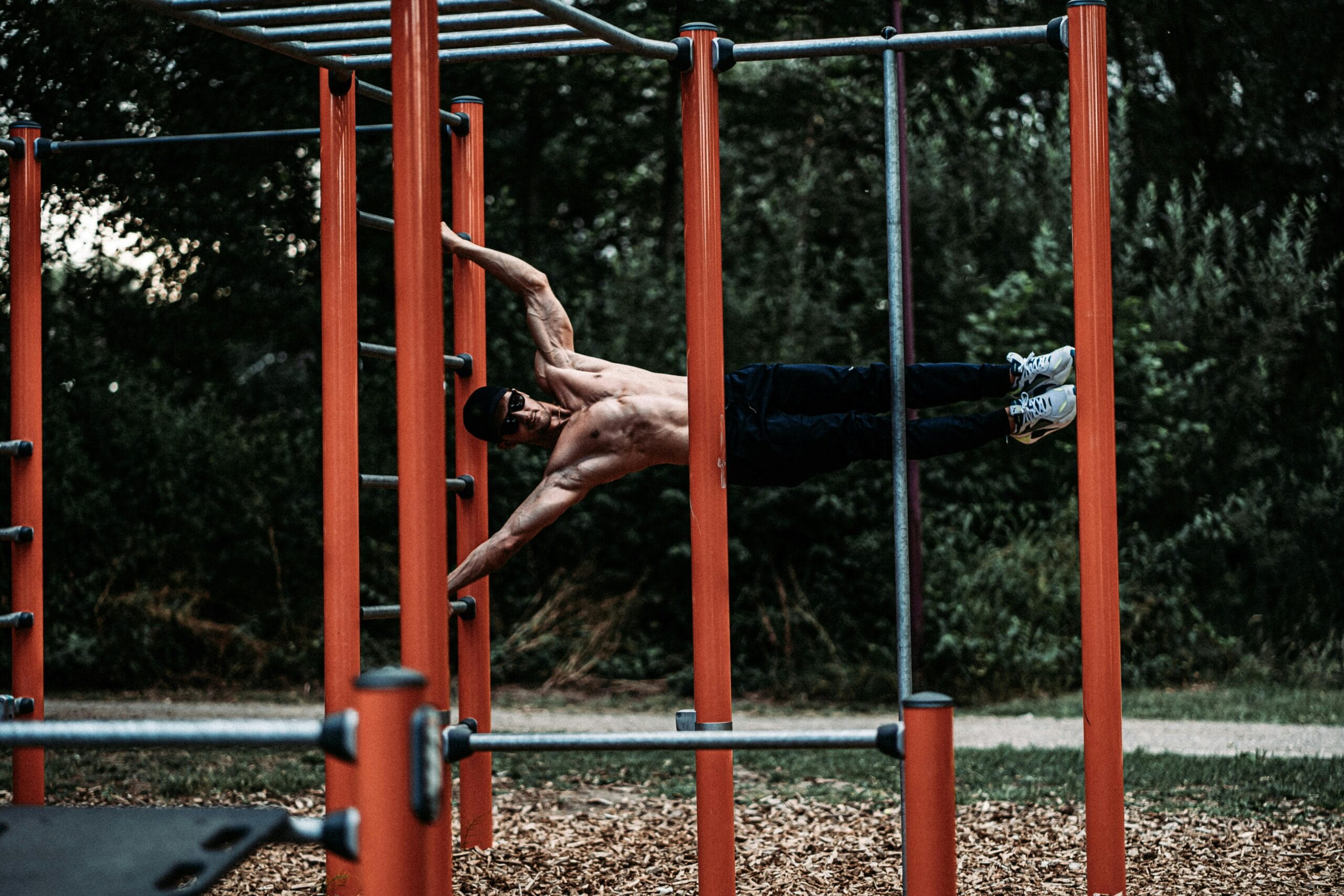The Greek God Physique is an ideal body shape inspired by ancient Greek statues, known for their lean muscle, symmetry, and overall aesthetic appeal. This physique has been admired for centuries because it’s not just about strength, it’s about balance and beauty.
Achieving a Greek Body means developing a well-rounded, muscular frame with low body fat. In this article, we’ll share a workout, diet, and supplement plan to help you build your own Greek Physique, a body that’s both strong and visually striking.
What is the Greek God Physique?
The Greek God Physique is about balance. It combines lean muscle mass, symmetry, and low body fat to create a powerful yet aesthetic body. Unlike bodybuilders who focus on sheer size, this physique emphasizes proportion and function.
Historically, this ideal was represented by sculptures like the Discobolus (the famous “Discus Thrower”). These statues showed strong, defined bodies with perfect proportions. In modern times, bodybuilders like Steve Reeves, known for his role as Hercules, embodied the Greek God Build. Their physiques are the gold standard of what we now call the Greek God Body Type.
Why Should You Aim for a Greek God Physique?
One reason to go for the Greek God Physique is the physical aesthetic. A body that’s balanced and proportional not only looks great but is healthier overall. Achieving this physique also helps improve your functional strength, which is useful in everyday life.
Another benefit? Confidence. A strong, defined body boosts your self-esteem. With the right training and nutrition, you’ll build the body of your dreams, both inside and out.
The Ideal Proportions for a Greek God Physique
Achieving the Greek God Physique isn’t just about size, it’s about symmetry. Your upper and lower body need to be in harmony for the ideal look. This balance is often referred to as the Golden Ratio, a formula used by ancient Greek artists to create perfect proportions.
For example, your shoulders should be broader than your hips, and your chest should be around 1.6 times the width of your waist. Sculptures like the Discobolus are perfect examples of these Greek God Proportions.
To get the best muscle definition, aim for a body fat percentage of around 10-12%. This is the range where muscles are most visible and your Greek Physique truly shines.

Key Exercises for the Greek God Physique
To build a Greek God Body, focus on compound lifts. These exercises target multiple muscle groups at once, which is key for strength, muscle growth, and aesthetics.
Upper Body:
- Shoulders: Military press and lateral raises for strong delts.
- Chest: Bench press and chest fly to define your pectorals.
- Back: Deadlifts and pull-ups to strengthen your back.
- Arms: Bicep curls and tricep dips for defined arms.
Lower Body:
- Legs: Squats, lunges, and hamstring curls to sculpt powerful legs.
- Calves: Standing calf raises for well-defined calves.
Core:
- Abs and Obliques: Planks, leg raises, and Russian twists to strengthen your core.
These exercises will help you develop a Greek God Build by focusing on overall symmetry and balanced muscle development.
Sample 8-Week Greek God Physique Workout Plan
Here’s a simple 8-week Greek God Physique Workout Plan to get you started:
Days 1-4: Strength Training (Upper and Lower Body)
- Day 1 (Upper Body Strength):
Focus on heavy compound lifts such as:- Bench Press (3-4 sets of 6-8 reps)
- Pull-Ups or Lat Pulldowns (3-4 sets of 8-10 reps)
- Overhead Press (3-4 sets of 6-8 reps)
- Dumbbell Rows (3-4 sets of 8-10 reps)
Finish with some isolation work like bicep curls and tricep pushdowns.
- Day 2 (Lower Body Strength):
Prioritize building leg strength and power through movements like:- Squats (3-4 sets of 6-8 reps)
- Deadlifts (3-4 sets of 5-6 reps)
- Walking Lunges (3 sets of 12-15 steps per leg)
- Leg Curls or Romanian Deadlifts (3-4 sets of 8-10 reps)
Add calf raises at the end to target the calves.
- Day 3 (Upper Body Volume):
Use lighter weights and higher reps to build muscle endurance:- Incline Dumbbell Press (3-4 sets of 10-12 reps)
- Wide-Grip Pull-Ups (3-4 sets of 8-12 reps)
- Arnold Press or Lateral Raises (3-4 sets of 10-12 reps)
- Cable Rows or Chest Flyes (3-4 sets of 10-12 reps)
Finish with forearm or grip-strength exercises.
- Day 4 (Lower Body Volume):
Focus on lighter weights and controlled movements:- Bulgarian Split Squats (3 sets of 8-12 reps per leg)
- Sumo Deadlifts (3-4 sets of 6-8 reps)
- Hip Thrusts (3 sets of 12-15 reps)
- Glute Bridges or Leg Extensions (3-4 sets of 10-12 reps)
Add 10 minutes of core work, such as planks and Russian twists.
Day 5: Active Rest
- Engage in low-intensity activities to promote recovery, such as:
- 20-30 minutes of light cardio (walking, cycling, or swimming)
- Core exercises (planks, hanging leg raises, or ab rollouts)
- Stretching or yoga for flexibility and injury prevention.
Days 6-7: Full-Body Strength Workouts
- These days combine upper and lower body exercises to maximize muscle activation:
Day 6 (Heavy Focus):
– Deadlifts (3-4 sets of 5 reps)
– Incline Bench Press (3-4 sets of 6-8 reps)
– Barbell Rows (3-4 sets of 6-8 reps)
– Overhead Press (3-4 sets of 6-8 reps)
– Weighted Pull-Ups or Chin-Ups (3 sets of 8-10 reps)
Day 7 (Accessory and Weak Spots):
– Romanian Deadlifts or Good Mornings (3 sets of 8-10 reps)
– Dumbbell or Machine Chest Press (3-4 sets of 10-12 reps)
– T-Bar Rows or Cable Rows (3 sets of 8-10 reps)
– Lateral Raises or Rear Delt Flyes (3 sets of 12-15 reps)
– Core work (e.g., hanging leg raises, side planks).
Progressive Overload
Each week, aim to increase either:
- The weight you’re lifting.
- The reps you’re performing per set.
- The time under tension (slower, controlled movements).
For example, if you bench 100 lbs for 8 reps in Week 1, try for 9-10 reps in Week 2 or increase the weight slightly to 105 lbs. Over time, these gradual increases signal your muscles to grow bigger and stronger.
Key Points to Keep in Mind
- Rest Periods: 1-2 minutes for compound lifts, 30-60 seconds for isolation exercises.
- Diet: Complement this workout with a high-protein diet to support muscle growth and recovery.
- Sleep: Get 7-9 hours of sleep nightly to optimize recovery and performance.
- Consistency: Stick to the plan for 8 weeks, track your progress, and reassess your goals afterward.
By following this detailed plan, you’ll develop a balanced, aesthetically pleasing physique reminiscent of the Greek gods—strong, symmetrical, and well-defined.
Nutrition for Achieving the Greek God Physique
A solid diet is just as important as exercise when building the Greek God Physique. Depending on whether you’re trying to gain muscle or lose fat, your diet will change.
Calorie Surplus or Deficit
To build muscle, you’ll need a calorie surplus—eating more than you burn. If you’re focused on fat loss, aim for a calorie deficit.
Macronutrients
- Protein: Essential for muscle repair and growth. Aim for about 1.2-2.0 grams per kilogram of body weight.
- Carbs: These are your workout fuel. Include complex carbs like oats and sweet potatoes.
- Fats: Healthy fats support hormone balance and overall health. Include sources like avocado and olive oil.
Meal Timing
Nutrient timing is important, especially around workouts. Eating protein and carbs before and after training helps fuel your workouts and improves recovery.
Supplements to Support Your Greek God Physique
Supplements can boost your progress toward the Greek God Physique by enhancing muscle growth, strength, and recovery.
- Protein Powder: Helps with muscle repair and growth.
- Creatine: Improves strength and endurance during workouts.
- BCAAs: Support recovery and reduce muscle soreness.
- Pre-Workout: Increases energy and focus for intense sessions.
While these supplements can support your goals, remember they should complement a solid workout and nutrition plan.
How to Track Your Progress
Tracking your progress is crucial for staying on track. Here’s how:
- Measurement: Regularly measure key areas like chest, waist, and arms.
- Progress Pics: Take photos from multiple angles to visually track your changes.
- Strength Gains: Record improvements in weights lifted and reps completed.
- Body Fat Percentage: Regularly measure your body fat to ensure you’re in the ideal range for muscle definition.
By keeping track of these metrics, you’ll be able to make adjustments to your training and diet as needed to keep progressing toward your Greek God Physique.
Conclusion
Building the Greek God Physique is about more than just looking good, it’s about building strength, symmetry, and functionality. Consistency in training, nutrition, and supplementation are key to reaching your goals. Stay dedicated, be patient, and remember that results take time. With the right approach, the Greek God Body Type is within reach. Keep working, and you’ll see the transformation unfold!
Faqs
What body fat percentage is a Greek god physique?
Generally, a Greek God physique will include: Strong, dense muscles. Low body fat (closer to 8-10%) An ultra-wide V-taper and narrow waist combo
Is Greek god physique achievable?
Achieving a Greek God physique is achievable, however it takes hard training, proper diet, and consistent effort for months on end, sometimes longer depending on what level of fitness you are starting at.
What is the golden ratio for the Greek god body?
Shoulders – 1.618 times waist circumference (the Golden ratio) Chest – 6.5 times wrist circumference. Thighs – 1.75 times knee circumference. Calves – equal to upper arm circumference.



